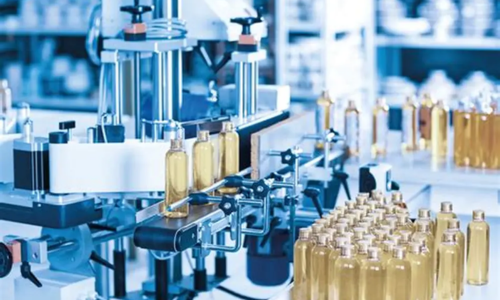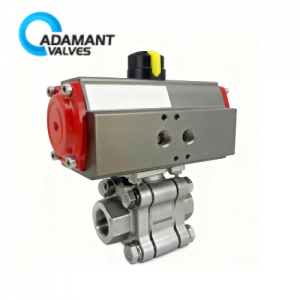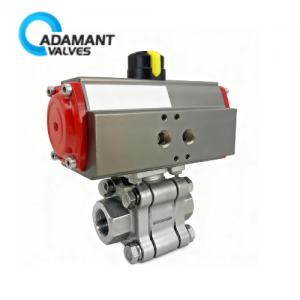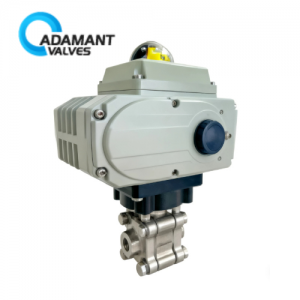What are the Requirements for Bio-Pharmaceutical Sanitary Valves?

Aseptic fluid control systems in the biopharmaceutical industry depend significantly on valves. Efficiency, quality, and production safety all depend directly on their reliability and performance. Sanitary biopharmaceutical use valves are specifically designed for this particular industry’s unique requirements. They must meet several requirements in materials and design the guarantee drug safety.
4 Core Requirements for Bio-Pharmaceutical Sanitary Valves
- Aseptic Design
Sanitary valves must be free of dead legs. The flow path inside must be smooth and continuous with no gaps, pits, or areas of stagnation. There are to be no blind areas where cleaning and sterilizing agents cannot reach the contact areas with the product. This avoids cross-contamination, microbial infection, and the development of residue. Valves are typically installed at a 2° to 5° angle to drain liquid off the valve body and piping entirely under gravity.
- High Surface Finish
Roughness of the inner surface directly affects cleaning efficiency. It is easy for impurities to get trapped in rough surfaces. Therefore, all product-contact surfaces must be highly polished.
- Corrosion-Resistant Materials
Biopharmaceutical processes contain corrosive liquids and gases quite frequently. Due to that, sanitary valves are typically made from corrosion-resistant materials such as 316L stainless steel, PTFE, or titanium alloys. Of course, these materials must be non-toxic and safe as well.
- Aseptic Sealing
Valves must provide absolutely reliable sealing. They must exclude both internal and external leakage when in the closed position. This avoids fluid mixing or external contamination. Valve design should be aseptically connectable and easily disassembled, e.g., clamp-type connections (e.g., Tri-Clamp) instead of threaded ones.
Main Types of Sanitary Valves for Biopharmaceuticals
As per the needs of different biopharmaceutical processes, sanitary valves are of different kinds. Some common ones include diaphragm valves, ball valves, butterfly valves, and control valves.
- Sanitary diaphragm valves are widely used for the regulation of corrosive fluids as they seal well and are corrosion-resistant.
- Sanitary ball valves have a simple design and fast action and are therefore appropriate for high-frequency switching.
- Sanitary butterfly valves are compact, light, and easy to operate, appropriate for certain fluid control operations.
- Sanitary control valves allow precise adjustment of pressure and fluid flow, ensuring stable production processes.
Conclusion
With the advancement of biopharmaceutical technology, the specifications for valve performance will be even higher. Valves will become more precise, resistant to corrosion, and easier to clean and maintain in the future.




